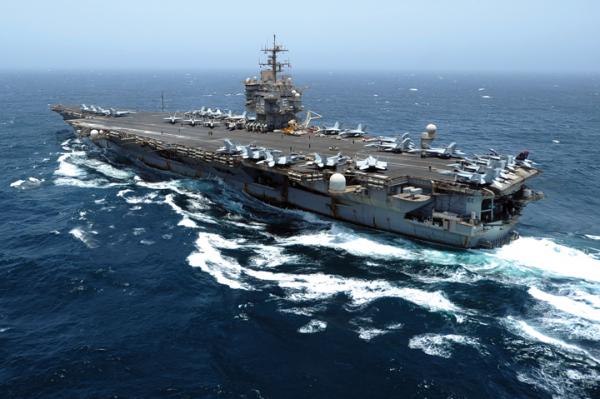
Combat Fleets: USS Enterprise
Proceedings, December 2012 In early November the aircraft carrier USS Enterprise (CVN-65) returned home to Norfolk, Virginia, to prepare for her December…
Copyright 2024 U.S. Naval Institute. All Rights Reserved.